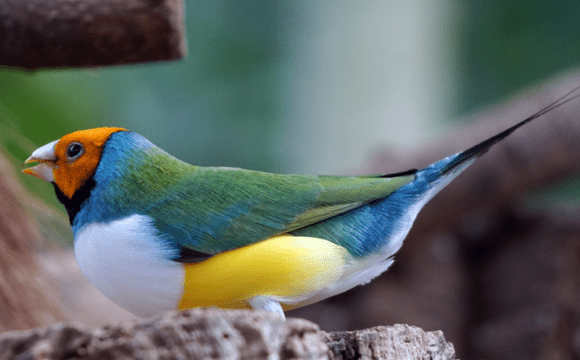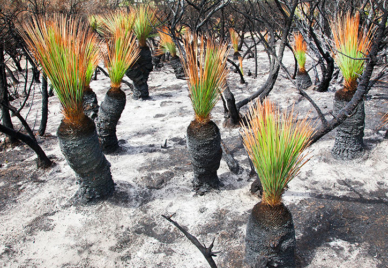
The Challenge
Restricted access species data (RASD) is central to research on biodiversity, ecological systems, and anthropogenic climate change. It’s also crucial to industry activities and key federal, state and territory policies, programs, and regulation. Examples of what this data can point to include:
- the locations of threatened species
- biosecurity threats to Australian agriculture
- private details about the people who made the observations.
But this data often resides in jurisdictional data repositories without nationally consistent licensing and access. While data aggregators like the Atlas of Living Australia provide access to the data, spatial and temporal aspects are obscured due to different access and licensing arrangements.
As events like the 2019–20 bushfires have shown, cross-jurisdictional access to the data in its full resolution is critical to understanding the impact and planning mitigation and recovery efforts. Without this access, it’s difficult to carry out research and decision-making integral to conserving Australia’s biodiversity and supporting resource industries.
The Response
By streamlining processes and systems, this project enables the sharing of restricted access species data for users with appropriate authority. The national aggregated restricted access species data source allows approved researchers and other users to run species distribution models, locate possible populations, help with the listing of species, and deliver various other research and policy outcomes.
This project has also created a:
- secure data safe haven – a proof-of-concept workspace for modelling, where registered users can work with restricted access species data from the repository
- sustainable model – governance and report mechanisms will be established to ensure that the project evolves into a business-as-usual model and continues to demonstrate relevance after completion.
Who Will Benefit
This project benefits:
- researchers
- peak bodies
- research organisations
- infrastructure providers
- commercial infrastructure providers
- governments (state/territory and federal)
- data analysts
- resource sector industries
- environmental consultants.
The project mobilises data on Australia’s most threatened species to deliver national datasets and models to support timely, best-practise decision making and high quality research outcomes. It facilitates:
The Partners
- NSW Department of Climate Change, Energy, the Environment and Water
- NT Department of Environment and Natural Resources
- The Environment, Planning and Sustainable Development Directorate of the ACT
- WA Department of Biodiversity, Conservation and Attractions
- SA Department of Environment and Water
- Victorian Department of Environment, Land, Water and Planning
- Tasmanian Department of Primary Industries, Parks, Water and Environment
- QLD Department of Environment and Science
- Australian Government Department of Agriculture, Water and the Environment
- Atlas of Living Australia, CSIRO
- EcoCommons Australia
- Pawsey Supercomputing Centre
- The Western Australian Biodiversity Science Institute
- Council of Heads of Australian Faunal Collections
Contact the ARDC
Timeframe
Current Phase
ARDC Co-investment
Project lead
Categories
Research Topic
Related Case Studies






